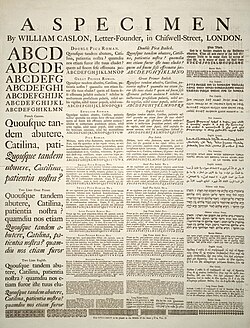User:Abiroa/sandbox
Storytelling
The oral tradition of storytelling has dated back to various times in history. People communicated through song, poems, and chants, as some examples. People would gather in groups and pass down stories, myths, and history. Oral poets from Indo-European regions were known as "weavers of words" for their mastery over the spoken word and ability to tell stories.[1] Nomadic people also had oral traditions that they used to tell stories of the history of their people to pass them on to the next generation.
Alphabet[edit]

The first pure alphabets (properly, "abjads", mapping single symbols to single phonemes, but not necessarily each phoneme to a symbol) emerged around 2000 BC in Ancient Egypt, but by then alphabetic principles had already been incorporated into Egyptian hieroglyphs for a millennium (see Middle Bronze Age alphabets).
By 2700 BC, Egyptian writing had a set of some 22 hieroglyphs to represent syllables that begin with a single consonant of their language, plus a vowel (or no vowel) to be supplied by the native speaker. These glyphs were used as pronunciation guides for logograms, to write grammatical inflections, and, later, to transcribe loan words and foreign names.
However, although seemingly alphabetic in nature, the original Egyptian uniliterals were not a system and were never used by themselves to encode Egyptian speech. In the Middle Bronze Age an apparently "alphabetic" system is thought by some to have been developed in central Egypt around 1700 BC for or by Semitic workers, but we cannot read these early writings and their exact nature remains open to interpretation.
Over the next five centuries this Semitic "alphabet" (really a syllabary like Phoenician writing) seems to have spread north. All subsequent alphabets around the world[citation needed] with the sole exception of Korean Hangul have either descended from it, or been inspired by one of its descendants.article
Scholars agree that there is a relationship between the West-Semetic alphabet and the creation of the Greek alphabet. There is debate between scholars reguarding the earliest uses of the Greek alphabet because of the changes that were made to create the Greek alphabet. [2]
The Greek alphabet had the following charateristics:
- The Greek lettering we know of today traces back to the eighth century B.C.
- Early Greek scripts used the twentytwo West-Semetic letters, and included five suplimentary letters.
- Early Greek was not uniform in structure, and had many local variations.
- The Greek lettering was written using a lapidary style of writing.
- Greek was written in a boustrophedon style.
Scholars believe that at one point in time, early Greek scripts were very close to West-semetic alphabet. Overtime the changes that were made to the Greek alphabet were introduced as a result of the need for the Greeks to find a better way to express their spoken language in a more accurate way.[2]
 | This is a user sandbox of Abiroa. You can use it for testing or practicing edits. This is not the sandbox where you should draft your assigned article for a dashboard.wikiedu.org course. To find the right sandbox for your assignment, visit your Dashboard course page and follow the Sandbox Draft link for your assigned article in the My Articles section. |
- ^ Woodard, Roger D. (2014). The textualization of the Greek alphabet. Cambridge University Press. ISBN 9781107731905. OCLC 875096147.
- ^ a b Naveh, Joseph (1973). "Some Semitic Epigraphical Considerations on the Antiquity of the Greek Alphabet". American Journal of Archaeology. 77 (1): 1–8. doi:10.2307/503227. ISSN 0002-9114.
